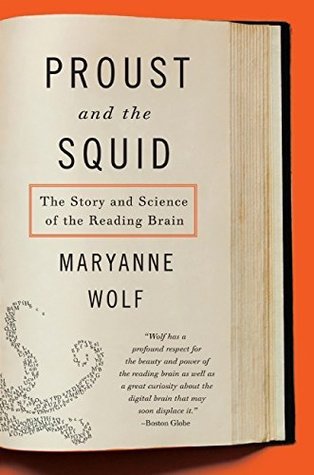More on this book
Community
Kindle Notes & Highlights
Children four and five years old are learning to discern the onset or first sounds of a word (“S” in “Sam”) and the rime (“am” in “Sam”).
As mentioned earlier, a chilling finding in a study of one California community by Todd Risley and Betty Hart exposes a bleak reality with serious implications: by five years of age, some children from impoverished-language environments have heard 32 million fewer words spoken to them than the average middle-class child. What Louisa Cook Moats calls “word poverty” extends well beyond what the child hears. In another study, which looked at how many words children produce at age three, children from impoverished environments used less than half of the number of words already spoken by their more
...more
In the most underprivileged community, no children’s books were found in the homes; in the low-income to middle-income community there were, on average, three books; and in the affluent community there were around 200 books.
The importance of simply being talked to, read to, and listened to is what much of early language development is about, but the reality in many families (some economically disadvantaged, some not) means that too little time will be given to even these three basic elements before a child reaches the age of five.
All professionals who deal with children can help to ensure that parents understand the contribution they can make to their child’s potential and that every child can attend a good-quality preschool. For example, a series of vaccinations, a few talks to new parents about “dinner talk,” and a series of free developmentally appropriate books should be the norm for every “well visit” in the first five years of life for every child who will attend American schools. Social workers and service providers in home-visiting programs such as “Healthy Start” can provide similar packages and training in
...more
Jackie Stewart revealed that as an adult he could never really feel good about himself, no matter how many prizes he won or how many cars and airplanes he owned. His childhood mortification had lasted too long. Even though his is a story of resiliency, it is also an account of the terrible and lasting effects of rejection in early learning.
The history of dyslexia mirrors all this complexity. It also reflects many changes in our intellectual history and in our society over the last 100 years—such as Noam Chomsky’s linguistic revolution and the effects of social class on the diagnosis of dyslexia. What’s missing, ironically, is a single, universally accepted definition of dyslexia itself.
And within children’s particularly vulnerable transition to the level of fluent, comprehending reader we must exert our greatest efforts to ensure that immersion in digital resources does not stunt our children’s capacity to evaluate, analyze, prioritize, and probe what lies beneath any form of information. We must teach our children to be “bitextual,” or “multitextual,” able to read and analyze texts flexibly in different ways, with more deliberate instruction at every stage of development on the inferential, demanding aspects of any text.


